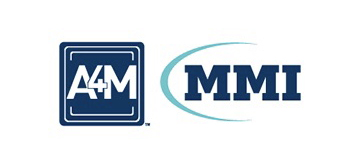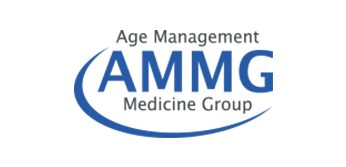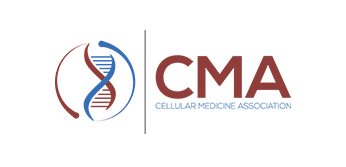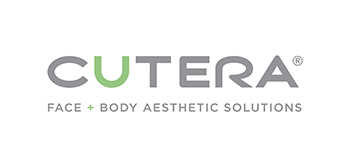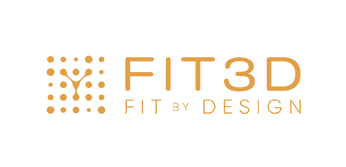Regenerative Medicine
Exosome Treatments
Regenerative medicine is one of the most exciting, fastest-growing fields in medicine today. It is the scientific process of creating living tissue from a patient’s own cells to replace or repair damaged cells in various areas of the body. It’s a form of cellular engineering and self-healing. A new frontier in regenerative medicine is exosome therapy.
Exosomes are the tiny structures that reside in cells and are released by stem cells to carry information to other cells during injuries. They also act as shuttles for proteins to other cells. Cell-to-cell communication is possible because of exosomes as they transport molecules in between cells near and far. They bring the necessary information from place to place with different purposes and functions telling cells when and how to react.
Exosome therapy is similar to stem cell therapy. Research with stem cells has shown the positive effects on tissue repair which can also be replicated when just the exosomes from these cells are used. Exosome therapy provides a systemic rejuvenation that enables the body to heal in an easier way. There are many ways exosome therapy can be used.
Cosmetic Treatment
In some cosmetic anti-aging clinics, facial cell rejuvenation that uses exosomes is a treatment that is already in use. It is rumored that Hollywood stars are using exosome face cream to keep their cheeks looking dewy, but this treatment goes a step beyond that. It uses microneedling to infuse the exosomes into the skin, which has a deeply regenerative effect.
Hair Loss Treatment
While hair restoration typically means implants these days, exosomes could change that. With exosomes, you may be able to regenerate hair follicles. Research has shown that exosomes have a good deal of potential when it comes to re-growing hair that is no longer growing. This also would keep recovery time and side effects to a minimum.
Erectile Dysfunction
While medications like Viagra and Cialis are typically effective, they can also have a lot of side effects. Other mechanical means can be far too invasive. Exosomes, however, can help men grow healthy penile tissue.
Other Current and Future Uses for Exosome Therapy
Exosome therapy is currently used to treat many other conditions such as:
- Vaginal rejuvenation
- Shoulder pain
- Foot/ankle pain
- Hip pain
- Knee pain
- Wrist pain
- Elbow pain
- Degenerative diseases
- Osteoarthritic conditions
Exosome therapy will also hopefully be used for the following in the future:
- The treatment of Lyme disease
- The treatment of rheumatoid arthritis
- Therapeutic Delivery Systems
Exosome therapy is an exciting new treatment in the field of regenerative medicine.
Stem Cell Therapy (MSC)
RMT can stimulate your body’s own stem cells to proliferate and target damaged cells in your body to Repair or Replace them.
Medicinal Signaling Cells Stimulate the Healing within You.
Your body has the natural ability to heal itself with Medicinal Signaling Cells and their derivatives. As you get older, the amount of Medicinal Signaling Cells you have in your body is greatly reduced and is not as efficient. With the advancements in science over the past 20 years, Medicinal Signaling Cells have emerged as a key element of regenerative medicine therapies.
Medicinal Signaling Cells are the basis for human development and have several distinguishing characteristics.
Medicinal Signaling Cells have the ability to locate and signal where damage, injury, or inflammation is in your body. This signal then attracts other cell types (General Cytokines, Growth Factor Cytokines, Scaffolding Cytokines, and Homeostatic Cytokines) in your body which are the related growth factors needed for repair. These same Cytokines are also found with the Medicinal Signaling Cells. These properties enable your body to repair damaged tissue such as muscle, cartilage, ligaments, and tendons.
These various cytokines release certain proteins and growth factors that can be very helpful in controlling pain & inflammation in the body.
Most Common Treatments
- Joint Injuries
- Lower Back Pain
- All Joint Pain Including Back, Neck, Shoulder, Elbow, Wrist, Ankle, Knee and Hip
- Acute or Chronic Pain
- Sprains
- Soft Tissue Damage
- Wounds
- Osteoarthritis
- Tendinitis
- Plantar Fasciitis
- Ligament Sprains
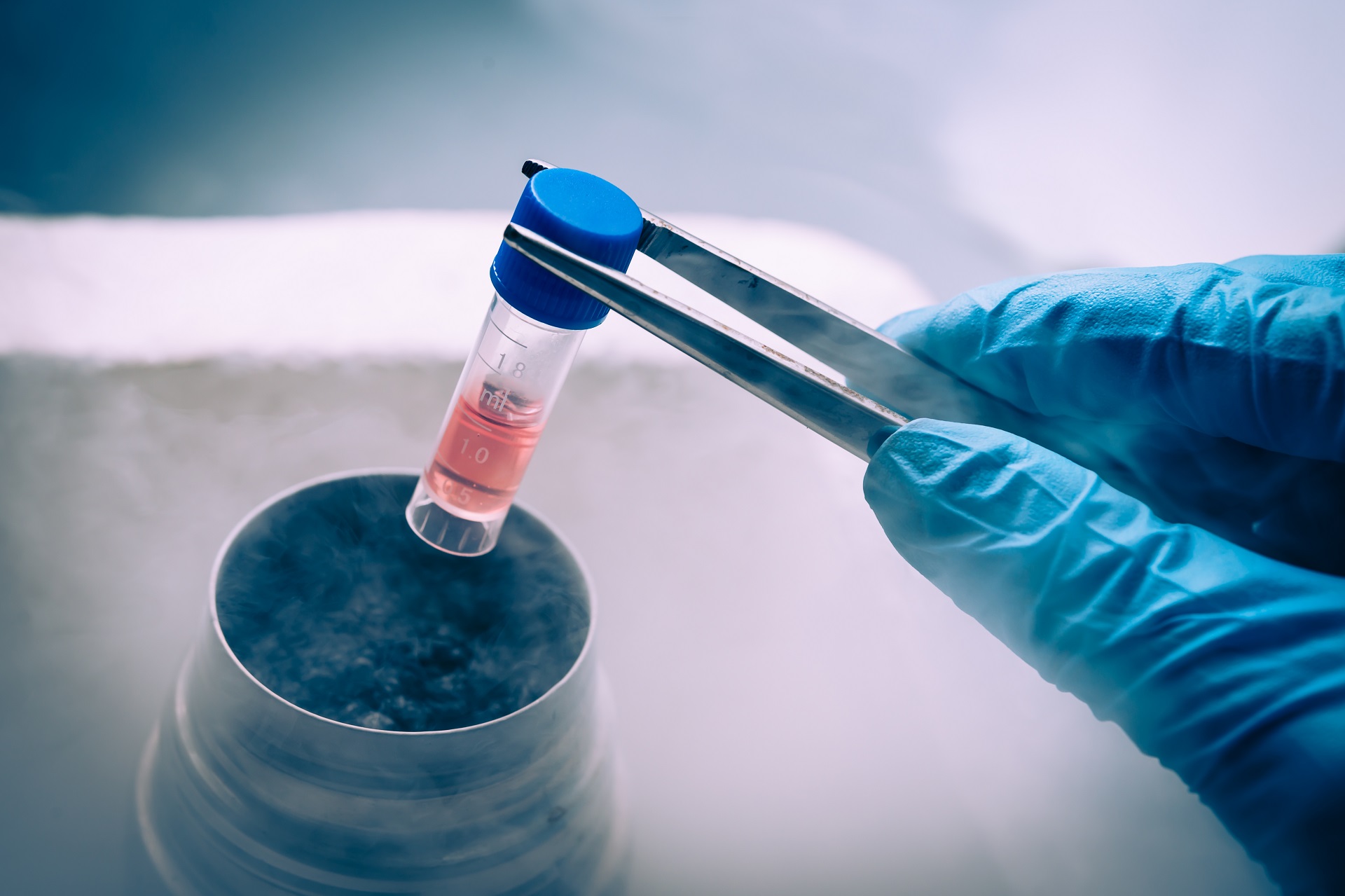
Platelet Rich Plasma (PRP)
Platelet-rich plasma is autologous (your body’s own) blood plasma with concentrated platelets. Typical concentrations of platelets in PRP are 5-10 times that found in the blood. Platelets are small disk-shaped cells within your blood that contain natural sources of growth factors, proteins, and cytokines that stimulate the healing of bone and soft tissues.
PRP is made of many different growth factors that are all products of blood-borne platelets. This conglomeration of growth factors provides numerous ways of assisting in cell repair, some of which include: decreasing inflammation, improving cell growth, and act as signals to the body’s immune system. Depending on the specific cytokines, numerous metabolic pathways that aid in cell recovery are activated.
What Conditions are Treated with PRP?
PRP Platelet Rich Plasma Therapy can potentially treat a range of sports and acute injuries resulting in joint, tendon, and ligament pain. Soft tissue injuries are most responsive to PRP treatment. The following is a representative, non-exhaustive sample:
- Joint pain resulting from inflammation after an acute injury
- Chronic Degenerative Joint Disease
- Ligament and muscle injuries
- Tendonitis, e.g. tennis elbow and golfer’s elbow
- Early partial tendon tears
How is the Procedure Performed?
Because the plasma is from your own blood, there is no risk of infection or disease transmission. This is a completely natural way to heal your acute soft tissue injuries.
Draw Blood – We will draw your blood (approximately 60-120 cc’s) and use a multi-step centrifuge process to isolate the platelet-rich plasma.
Spin Blood In A Centrifuge – A centrifuge is a medical machine that will apply force to your blood by spinning. This causes the different cells in your blood to separate based on their unique densities.
Tailor the PRP Formula – We will tailor a custom PRP formula for you and your specific injury.
PRP Injection – The PRP is injected directly into the injured tissue under live-image guidance with ultrasound and/or fluoroscopy.
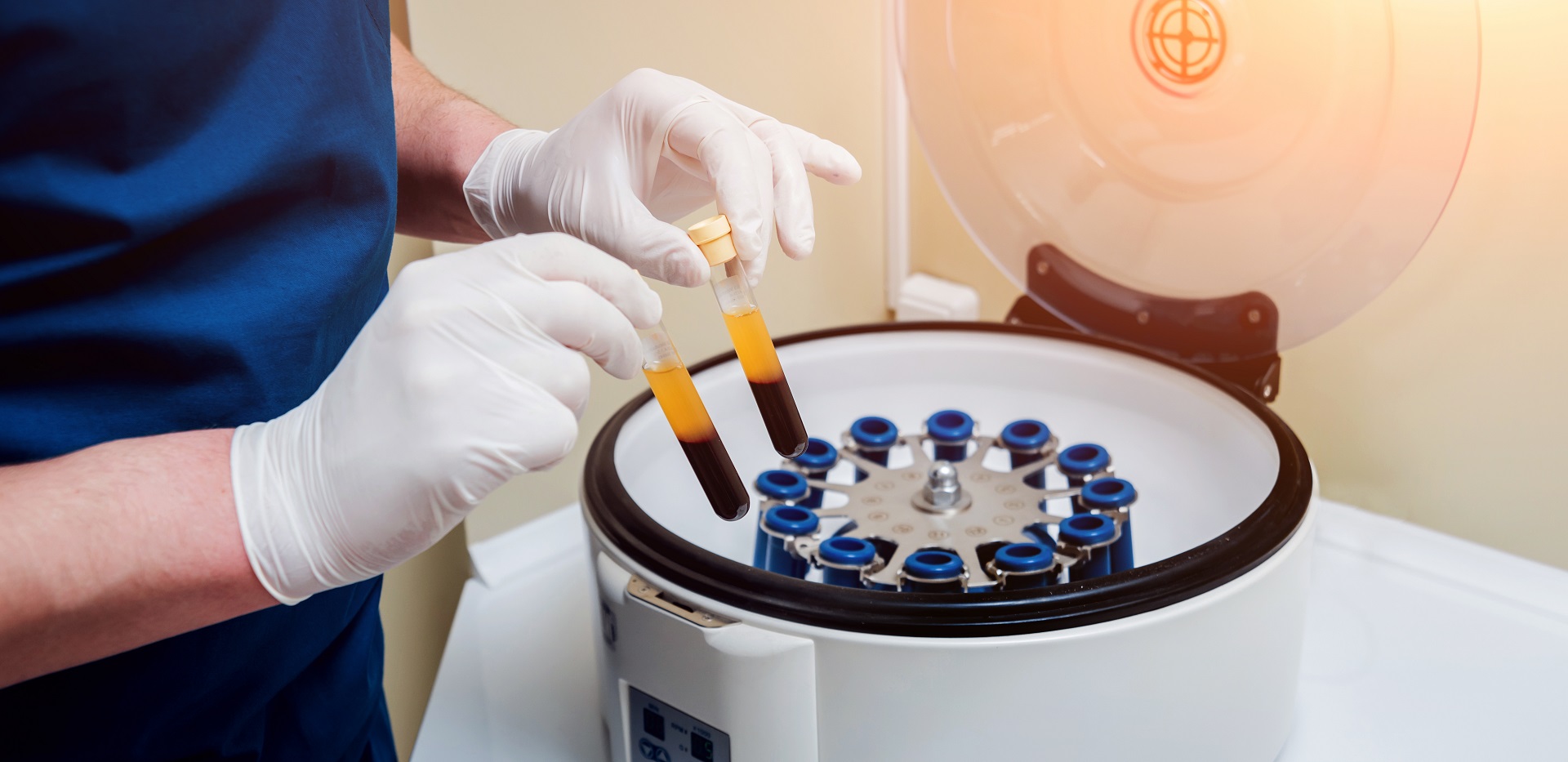
Combination Therapies
Regenerative medicine is the innovator on your team, providing cost-effective, proven, long-lasting healing and pain relief utilizing your patient’s own cells. Regenerative medicine provides a drug-free, minimally invasive solution to acute and chronic orthopedic and soft tissue injuries, treating your patient from the inside out. Integrate the top-performing regenerative medicine system that provides non-pharmaceutical options that your clients will love.
Exosome Treatments
Exosomes are the tiny structures that reside in cells and are released by stem cells to carry information to other cells during injuries. They also act as shuttles for proteins to other cells. Cell-to-cell communication is possible because of exosomes as they transport molecules in between cells near and far. They bring the necessary information from place to place with different purposes and functions telling cells when and how to react.
Stem Cell Therapy (MSC)
RMT can stimulate your body’s own stem cells to proliferate and target damaged cells in your body to Repair or Replace them.
Platelet Rich Plasma (PRP)
Platelet-rich plasma is autologous (your body’s own) blood plasma with concentrated platelets. Typical concentrations of platelets in PRP are 5-10 times that found in the blood. Platelets are small disk-shaped cells within your blood that contain natural sources of growth factors, proteins, and cytokines that stimulate the healing of bone and soft tissues.



